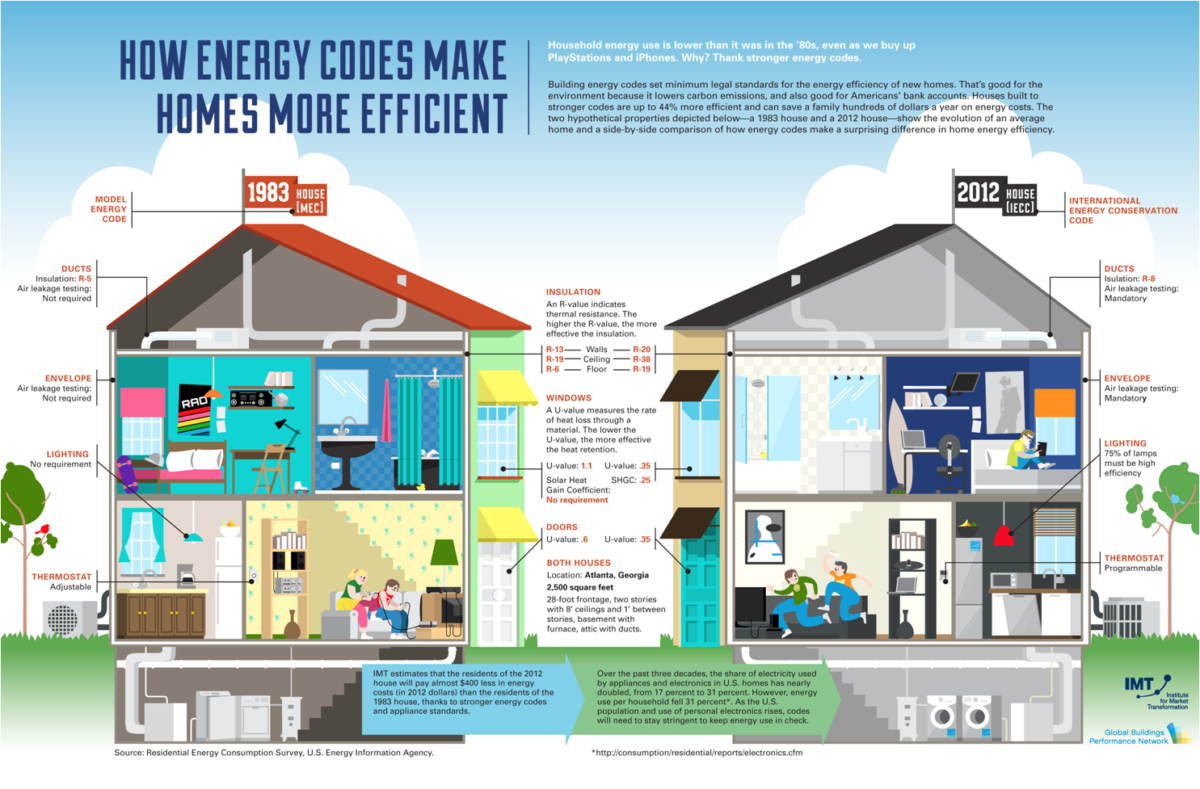[su_youtube url=”https://www.youtube.com/watch?v=LkH-9wwFzuM” autoplay=”yes”]
Upgrades to home or home business can save on energy costs as well as a tax deduction
Little know state tax deductions are available for homes that are energy efficient. These energy efficient upgrades include windows, solar power systems and clean energy water heaters. There are different deductions if you own a home business verus taking the deduction as an individual. These added benefits just create and added incentive in reducing your energy costs, saving money and making for a better environment.
Details on Energy Efficient Homes from the IRS
Taxpayers who made certain energy efficient improvements to their home last year may qualify for a tax credit this year. Here are some key facts to know about home energy tax credits:
Non-Business Energy Property Credit
- Part of this credit is worth 10 percent of the cost of certain qualified energy-saving items added to a taxpayer’s main home last year. Qualified improvements include adding insulation, energy-efficient exterior windows and doors, and certain roofs. Do not include the cost to install these items.
- The other part of the credit is not a percentage of the cost. It includes the installation costs of certain high-efficiency heating and air-conditioning systems, high-efficiency water heaters and stoves that burn biomass fuel. The credit amount for each type of property has a different dollar limit.
- This credit has a maximum lifetime limit of $500. Taxpayers may only use $200 of this limit for windows.
- A taxpayer’s main home must be located in the U.S. to qualify for the credit. The non-business energy property credit is only available for existing homes.
- Be sure to have the written certification from the manufacturer that their product qualifies for this tax credit. They usually post it on their website or include it with the product’s packaging. Taxpayers can use this to claim the credit. Do not attach it to a tax return. Keep it with tax records.
- Taxpayers may claim the credit on their 2016 tax return if they didn’t reach the lifetime limit in past years. Under current law, Dec. 31, 2016, was the deadline for qualifying improvements to the taxpayer’s main U. S. home.
Residential Energy Efficient Property Credit
- This tax credit is 30 percent of the cost of alternative energy equipment installed on or in a home. This includes the cost of installation.
- Qualified equipment includes solar hot water heaters, solar electric equipment, wind turbines and fuel cell property.
- There is no dollar limit on the credit for most types of property. If the credit is more than the tax owed, carry forward the unused portion of this credit to next year’s tax return.
- The home must be in the U.S. It does not have to be a taxpayer’s main home, unless the alternative energy equipment is qualified fuel cell property. The residential energy efficient property credit is available for both existing homes and homes under construction.
- This credit is available through 2016.
Use Form 5695, Residential Energy Credits, to claim these credits. For more information on this topic, refer to the form’s instructions. Get IRS forms anytime on IRS.gov/forms.
Taxpayers should keep a copy of their tax return. Beginning in 2017, taxpayers using a software product for the first time may need their Adjusted Gross Income (AGI) amount from their prior-year tax return to verify their identity. Taxpayers can learn more about how to verify their identity and electronically sign tax returns at Validating Your Electronically Filed Tax Return.

